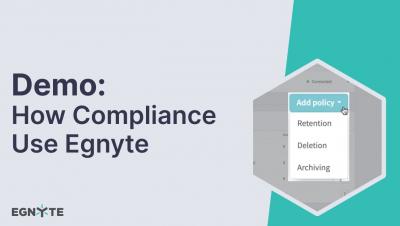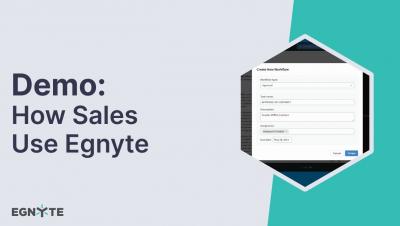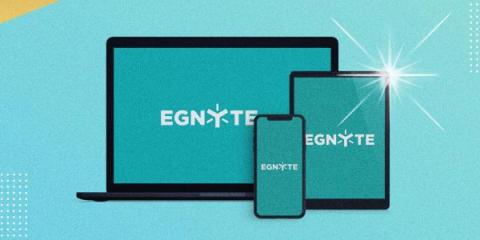Security | Threat Detection | Cyberattacks | DevSecOps | Compliance
Content Management
6 Reasons Cyber Insurance Prices Are on the Rise
What’s happening today in the cyber insurance market is comparable to what happens to property insurance in a region that experiences a major hurricane or devastating flood. Not only are your company’s premiums increasing; oftentimes, insurers are scrutinizing your overall risk preparedness as part of their renewal process. In the first part of this two-part series, we’ll examine why cybersecurity insurance premiums have skyrocketed.
Scan Documents on iOS
6 Steps to Defend Against Advanced Persistent Threats
The cybersecurity community uses the term Advanced Persistent Threats to refer to threats that have extremely long persistence on a particular target—often lurking inside a target system for years. Their targets can include government agencies (at all levels), including contractors and suppliers far down the supply chain. Due to their passive nature, you may not even realize that your organization is a target for an APT. In fact, your infrastructure may already be infiltrated.
Egnyte Deepens Its Commitment to AEC Firms With New Capabilities
AEC firms have always looked for tools that give them a competitive advantage, but today’s technological advancements have pushed many of them into uncharted territory. Companies that long concerned themselves with the physical are now adapting to the digital, and they’re struggling to manage all the new software, the flood of data, and the rising threat of cyber attacks.
How Compliance Professionals Uses Egnyte
Custom Keyword Lists
10 Reasons Why Links are Better than Attachments
Even with the rise of messaging apps and other collaboration software, email remains the tool for business communications, both inside and outside the organization. And despite its enduring ubiquity, email still has its drawbacks, especially when it comes to sharing documents, PDFs, photos, and other types of content. The average person spends about 28% of their workday dealing with emails, sending and receiving more than 600 each week.
How Sales Professionals Use Egnyte
February Product Rollup: New Reports, Preview Types, and More
Egnyte is excited to share a number of improvements that were made to the platform this month, including added secure sharing capabilities, an expansion of supported preview file types, and more governance features for administrators.











